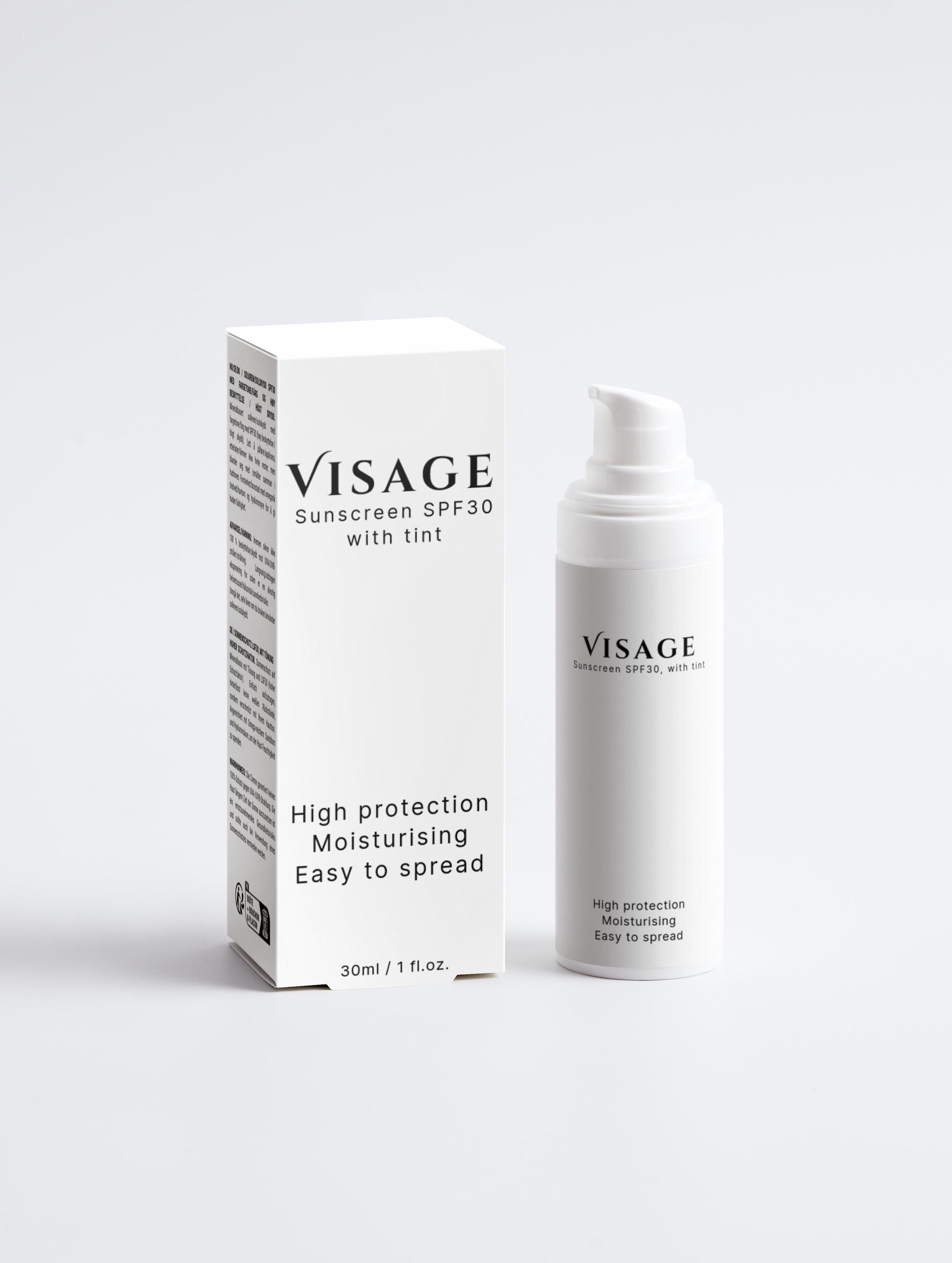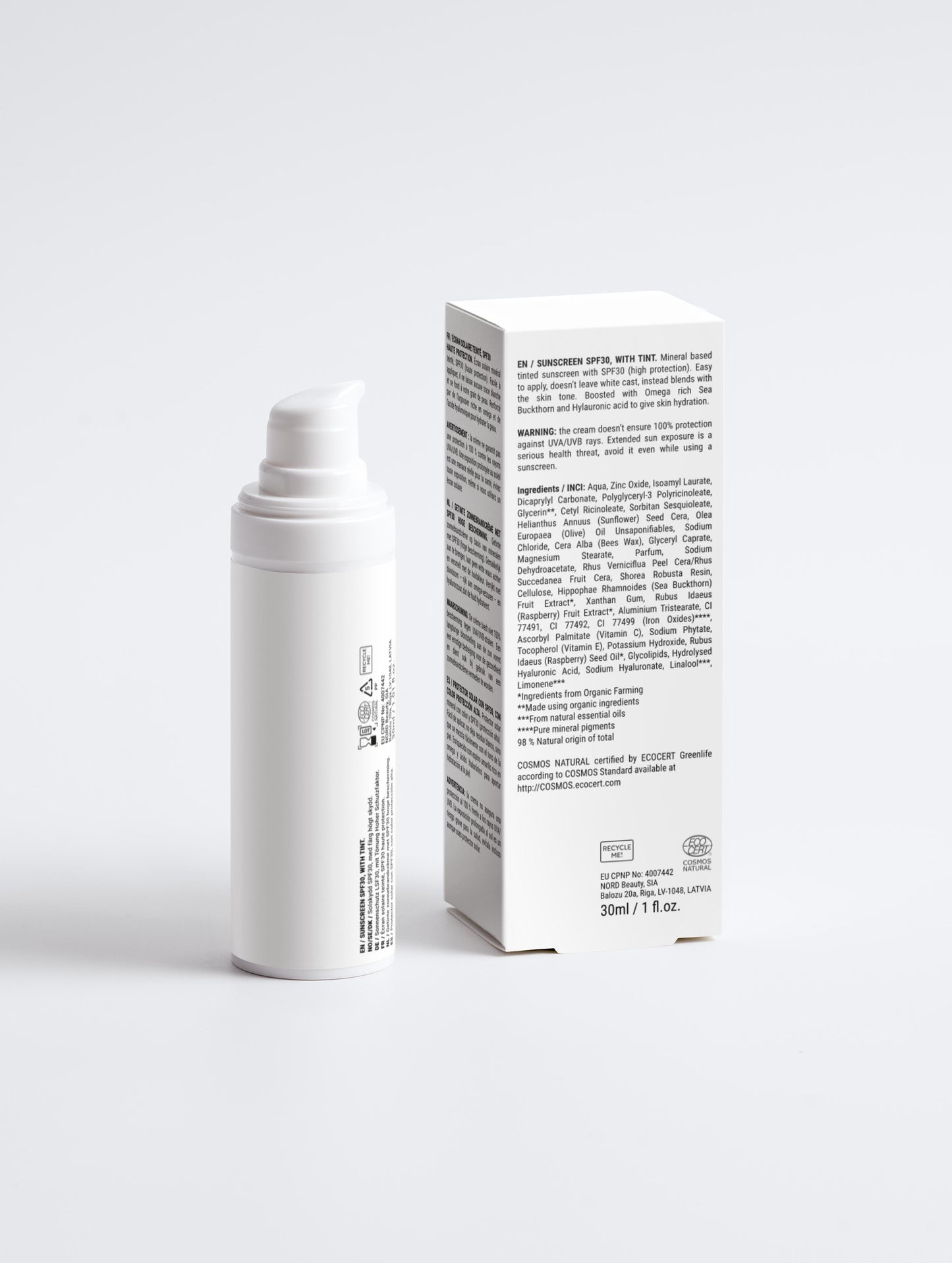
The Ultimate Guide to Identifying Your Skin Type
Welcome to the Visage blog! Understanding your skin type is the first step towards achieving healthy, radiant skin. Knowing your skin type helps you choose the right products and avoid common skincare issues.
Why Knowing Your Skin Type Matters
Identifying your skin type can prevent breakouts, dryness, and other skin problems. It ensures that you use products that work with your skin, not against it.

How to Identify Your Skin Type
1. The Day Test
- Cleanse your face in the morning and avoid applying any products.
- Observe your skin throughout the day.
- Oily Skin: Shiny and greasy by midday.
- Dry Skin: Feels tight and may have flaky patches.
- Combination Skin: Oily in the T-zone (forehead, nose, chin) and dry on the cheeks.
- Normal Skin: Balanced, not too oily or dry.
- Sensitive Skin: Redness, itching, or irritation.
2. The Wash Test
- Wash your face with a gentle cleanser and pat dry.
- Wait for 30 minutes without applying any products.
- Oily Skin: Shiny and greasy.
- Dry Skin: Feels tight and uncomfortable.
- Combination Skin: Oily in the T-zone, dry on the cheeks.
- Normal Skin: Feels comfortable and balanced.
- Sensitive Skin: Redness or irritation.
3. Consulting a Dermatologist For a more accurate assessment, visit a dermatologist. They can use specialized tools to evaluate your skin’s condition and recommend the best products for you.
Different Skin Types and Their Characteristics

Normal Skin
- Balanced, not too oily or dry.
- Few imperfections and a radiant complexion.
- Tips: Maintain with gentle cleansers and moisturizers.
Oily Skin
- Shiny and greasy, especially in the T-zone.
- Prone to acne and enlarged pores.
- Tips: Use oil-free, non-comedogenic products.
Dry Skin
- Feels tight, rough, and may have flaky patches.
- Prone to redness and irritation.
- Tips: Use rich, hydrating products and avoid harsh cleansers.
Combination Skin
- Oily in the T-zone, dry on the cheeks.
- Requires a balanced approach to skincare.
- Tips: Use different products for different areas of the face.
Sensitive Skin
- Easily irritated, prone to redness and itching.
- Reacts to certain products and environmental factors.
- Tips: Use gentle, hypoallergenic products.
Conclusion
Understanding your skin type is crucial for effective skincare. Try the tests mentioned above and consult a dermatologist for a professional evaluation. Share your experiences and tips in the comments below!
Share
Let customers speak for us
from 825 reviewsThis product is excellent. My skin feels tighter and looks refreshed after using it.

"Les ingrédients naturels de ce gel en font un choix sûr pour tous les types de peau."

Visage’s serum is fantastic. It’s reduced fine lines and improved my skin’s texture.

"Ich bin begeistert von den Ergebnissen, die ich mit diesem Gel erzielt habe."

The All-In-One Facial Oil is fantastic. It provides excellent hydration and makes my skin feel so soft.

"Je ne pourrais pas être plus satisfaite de ce produit."

"L'effet hydratant de ce gel dure toute la journée."

"Je recommande vivement ce gel à tous ceux qui ont une peau sèche."

"Ich habe viele Produkte ausprobiert, aber dieses ist das Beste."

"Dieses Gel ist perfekt für empfindliche Haut. Keine Irritationen oder Rötungen."

I love how this facial oil absorbs quickly and doesn’t leave a greasy residue. My skin feels hydrated and fresh.

Visage’s serum is amazing. It’s transformed my skin and improved its texture beautifully.

"Super produit ! Ma peau n'a jamais été aussi hydratée."

I’m thrilled with this peptide serum. My fine lines are less visible and my skin feels great.





